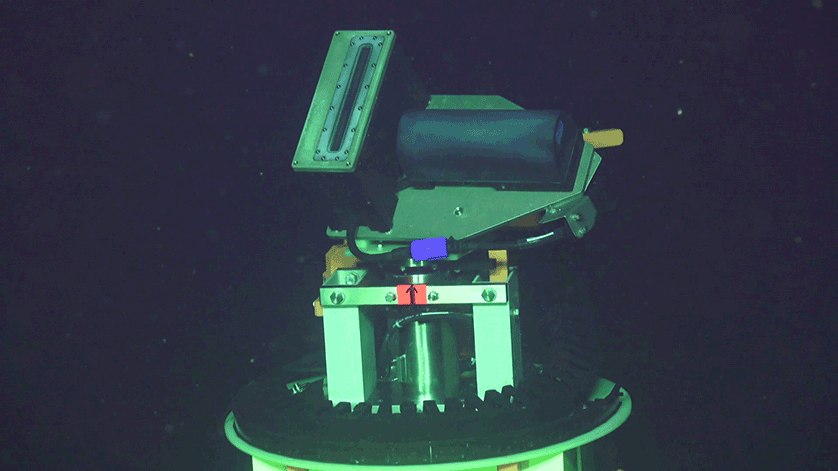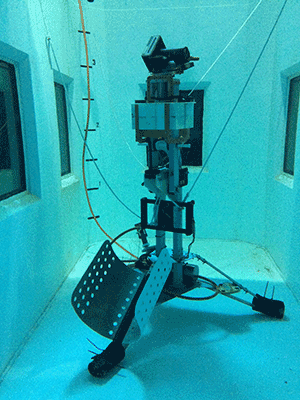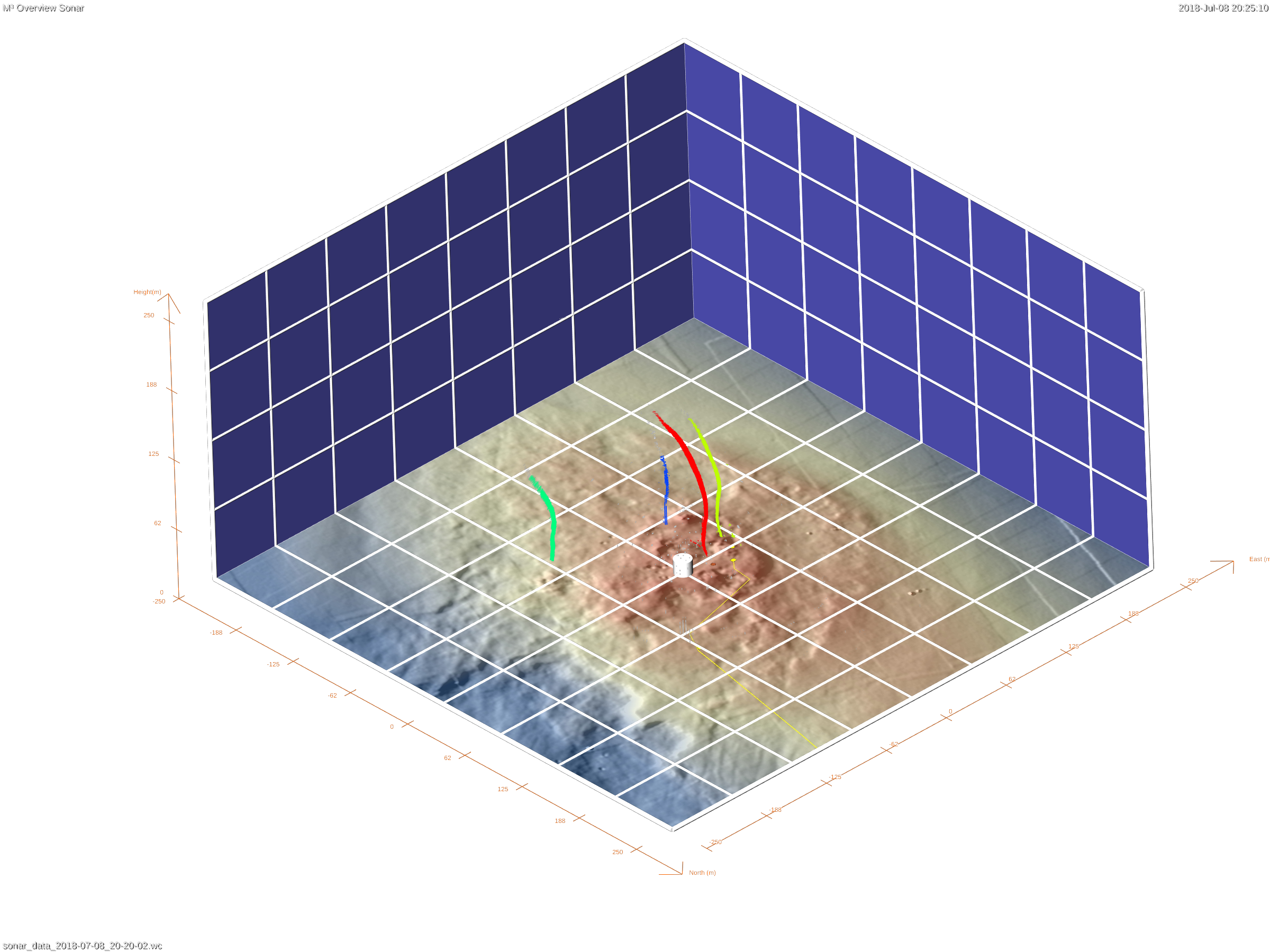R2Sonic MultiBeam EchoSounder for First-of-Its-Kind Scientific Project

With the increasing concern on global warming, there is a strong focus on methane emissions from the seafloor.
Indeed, today, large quantities of methane, a potent greenhouse gas, are trapped within the seafloor in the form of so-called gas hydrates, solid ice-like deposits, which are only stable at particular conditions of high pressure and low temperature. As a result, only a small volume of methane bubbles up into the ocean and therefore the quantity reaching the atmosphere is not threatening despite its greenhouse effect. However, there is a concern that with the temperature increase of oceans, the seafloor methane hydrate deposits will dissociate, which would result in a greater volume of methane released in the ocean, and potentially reaching the atmosphere, and therefore causing a high risk for Humanity.
 The Overview sonar during tests in the saltwater tank of the University of Washington. Credit: R2Sonic
The Overview sonar during tests in the saltwater tank of the University of Washington. Credit: R2Sonic
Scholars at the MARUM Center for Marine Environmental Sciences, University of Bremen, Germany, and the University of Washington in Seattle, WA, USA are working on a project called M3, funded by the German Ministry of Education and Research (BMBF) that consists in monitoring the natural release of methane at the Southern Hydrate Ridge (SHR) off the coast of Oregon State.
This real-time monitoring is performed by a MultiBeam EchoSounder (MBES). Until recently it was unconceivable to envision a long-term monitoring due to the high-power consumption of the MBES. Once more, R2Sonic is breaking barriers: the MBES Sonic 2022 offers high performances while ensuring low power consumption, making the M3 project possible. The objective is to conduct this project over 2+ years in order to gather as much data as possible to help scientists determine if there is a relationship with ocean warming and volume of methane release in the ocean.
 Sonar output gas emission at the SHR. Credit: R2Sonic
Sonar output gas emission at the SHR. Credit: R2Sonic
The Sonic 2022 is mounted on a tripod that lays on the seafloor, and is connected to the Regional Cabled Array of the Ocean Observatory Initiative (OOI), an underwater cabled observatory funded by the National Science Foundation (NSF), which provides power supply and two-way communication to the instrument. The Sonic 2022 rotates 360° to survey the ocean for methane emissions in all directions.
The project was initiated in 2017 and the MBES was recently deployed in June 2018.
For more information about the M3 project, click here.
Check out the R2Sonic website for detailed information on the Sonic 2022 and other MBES, click here.

